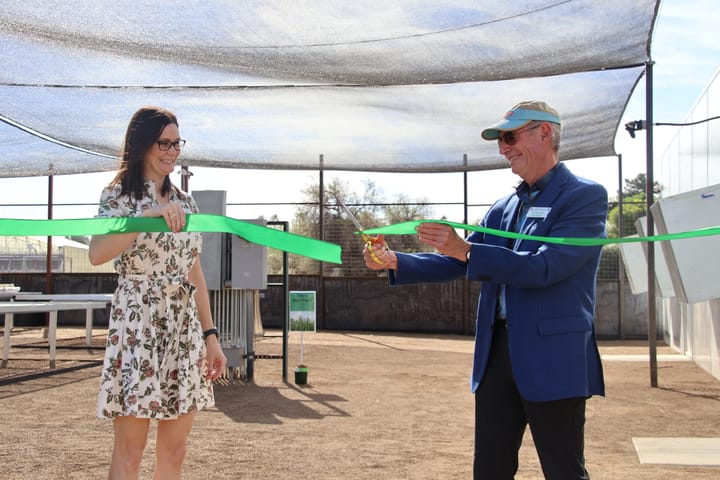PRISM gives Arizona students hands-on science mentorship
PRISM, a new mentorship program from SARSEF, pairs Arizona high school students with scientists and graduate mentors to gain hands-on research experience and develop skills for college and careers.
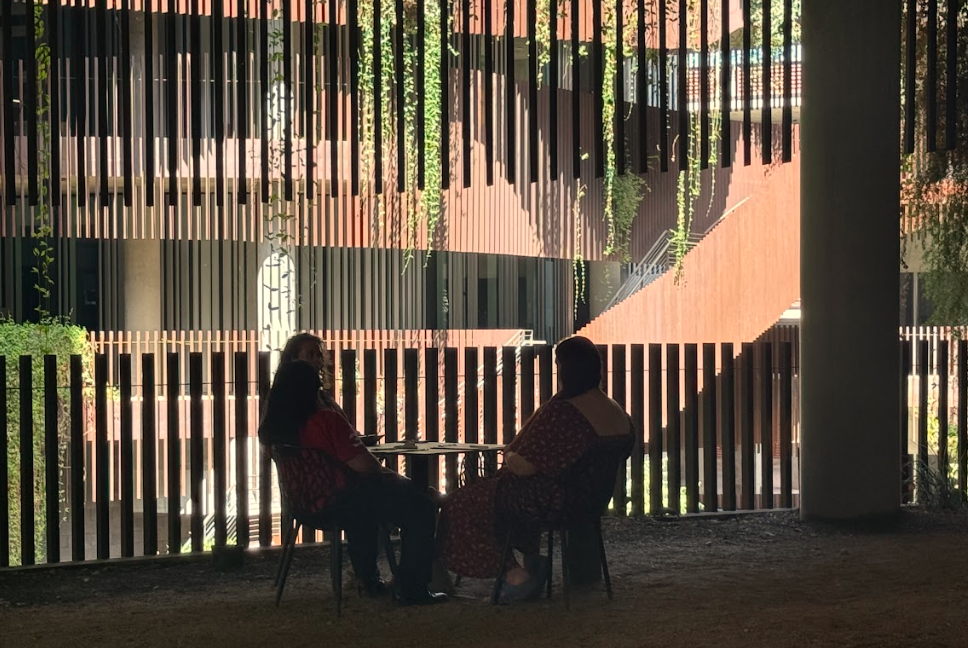
Southern Arizona high school students can now gain hands-on research experience through PRISM, a new mentorship program connecting them with scientists and graduate mentors.
Offered by the Southern Arizona Science and Engineering Foundation, PRISM was designed for high school juniors and seniors, matching students with mentors who guide them in tackling scientific questions or engineering challenges.
The program pairs students from Title I and rural schools with University of Arizona graduate students and community mentors for an authentic research and mentorship experience, said Chief Development Officer Chelsea Bowdren.
PRISM was created in partnership with UA’s Office of Societal Impact. The program offers virtual and in-person sessions for students who are curious about science but may not have access to traditional research opportunities.
“You can tell when a student, especially at the high school level, has access to mentorship, as it really moves the needle for their projects,” SARSEF Education Director Cindy Bujanda told Tucson Spotlight.
The program marks a shift from SARSEF’s previous STAR Lab mentorship, leveraging the organization’s experience supporting science fair projects across the state to create an improved model. Bujanda channeled her experience as a graduate student and teacher when creating the program.
“As a teacher, I would try to get mentors for my students because I couldn't be the mentor for every project,” she said. “(Teachers are) not the expert in everything, so it's really a great tool to support teachers.”
Bujanda said SARSEF has spent years sparking students’ curiosity in science, yet gaps in access remain. PRISM was created as an additional support for teachers, allowing them to nominate students without requiring a specific GPA or prior research experience.
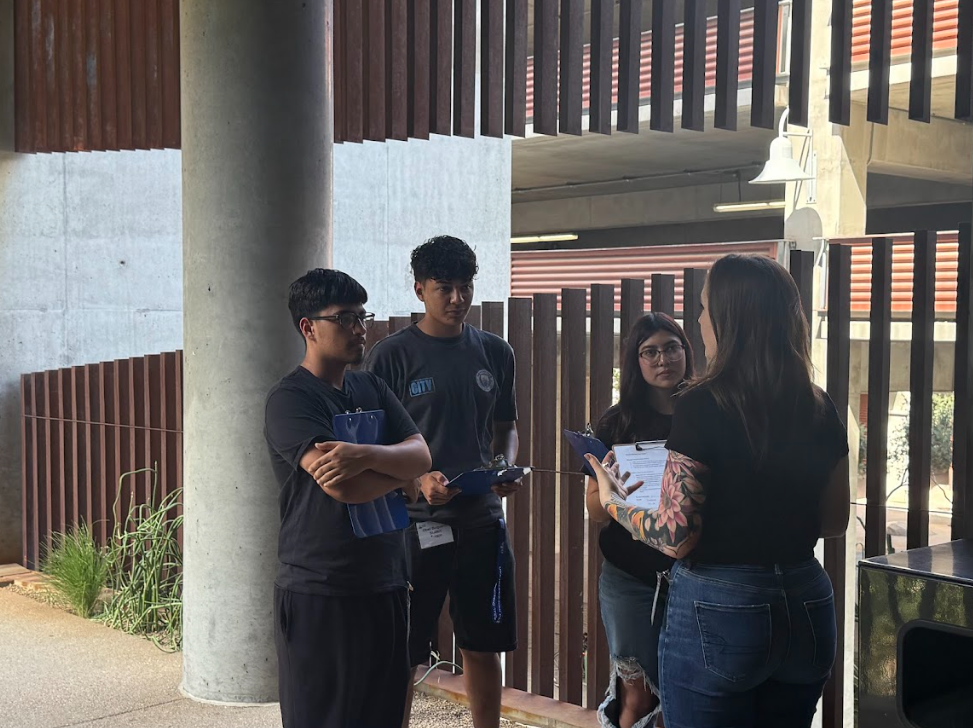
While this is PRISM’s pilot year, SARSEF staff have high hopes for its future.
“We're really trying to broaden access to that very valuable resource that is our mentors,” Bujanda said.
The program already includes students from City High School, Alta Vista High School, and Harvest Prep in Yuma. Students accepted into PRISM will spend 16 weeks attending weekly meetings and skill-building cohort sessions while conducting independent research work.
The time commitment is roughly five hours per week, with the cohort meetings introducing topics like ethics in research and the scientific method, teaching students how to navigate the challenges of being a first-time researcher.
The mentors were thoroughly vetted and consist mostly of graduate students from UA and community members with STEM backgrounds. Bujanda said mentors underwent a competitive application and interview process to assess both their research experience and their readiness to work with young minds.
“This program is also unique in that we are giving the mentors a professional development piece because they are experts in their field but a lot of them have never really talked about their research with high school students,” Bujanda said. “They get to really learn more about their own research as they try to explain it to high school students, so it's not just for students, but also for mentors.”
Selecting the right mentors is crucial, as they inspire students to work independently on coding, data analysis, experiments, or writing up results while teaching skills that strengthen their college applications.
PRISM is more about the process over the product, as students are not expected to arrive with a finished idea. They’re guided through a full arc of research, developing hypotheses and learning to adapt when things don't go as planned.
Students and mentors had the chance to meet during orientation sessions held at UA over the weekend, participating in team-building activities and interviews to determine the best partnerships. They also began training on lab skills and communication strategies, with PRISM providing travel and lodging support for students outside of Tucson.
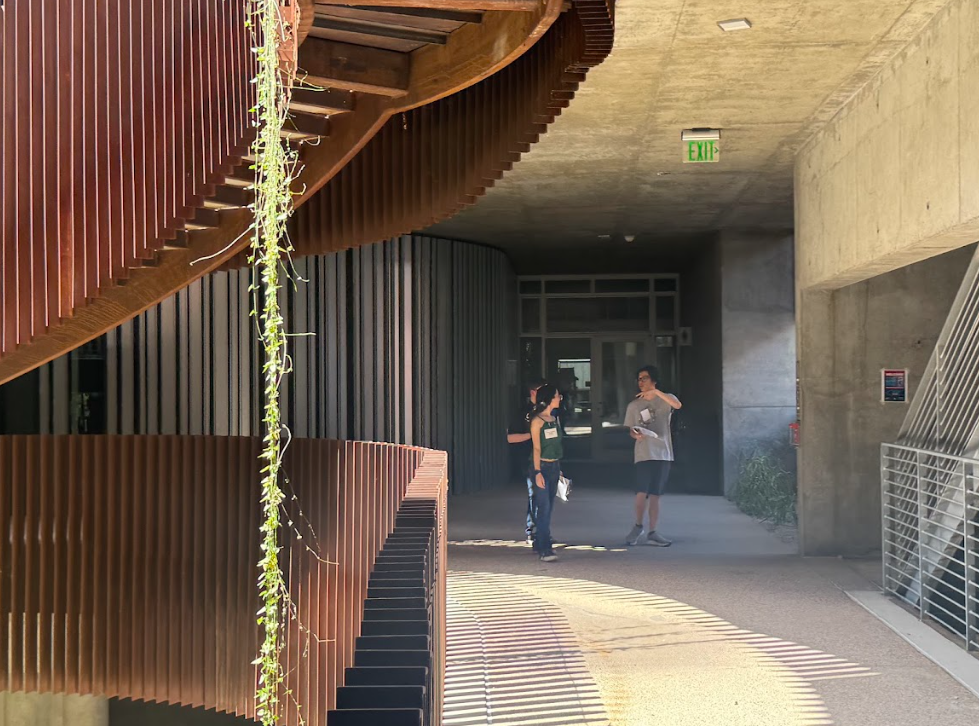
The School for Geography, Development and Environment was buzzing as students took turns interviewing mentors to find their best match, ensuring personal compatibility for students who may be intimidated stepping into university labs or presenting research for the first time.
Students and mentors lit up while talking about projects, goals, and future discoveries they could pursue together, each mentor making sure that the mini-scientists felt like a valued member of the team.
Students also had the chance to hear from a panel of UA students, including Victor Vigbedorh, Yaritza Durazo and Jeanette Mendoza, who had real-life experience working with mentors in high school and college.
The panel all agreed that the best mentorships come down to communication. Mendoza said her mentor, Dr. Jonathan Sexton, supported her through her UA program. Even when he had a busy schedule, he would always make himself available.
“Being able to really connect with him allowed me to feel comfortable, to trust him, to ask questions, to be able to come to him when I didn't know something,” Mendoza said.
The panel also shared the challenges they’ve faced in science and research, explaining what to do when experiments don't work out as planned. Mendoza admitted to struggling with time management.
“With projects, science, research, it's going to go wrong in some sense and there's going to be difficulties, but you're going to face it,” Mendoza said. “It's kind of been that understanding that science and research and almost anything in life isn't going to be linear. There's going to be a lot of different struggles and barriers to get through.”
Durazo offered advice to students who may be intimidated taking the first steps, saying any research they've done so far, no matter how small, will help them through this mentorship. She reminded students to not only look for help from their mentors but also from other scientific minds in their lives, like teachers.
“I really had to put work in every single day and make sure that I could learn something new each day,” she said of her experience.
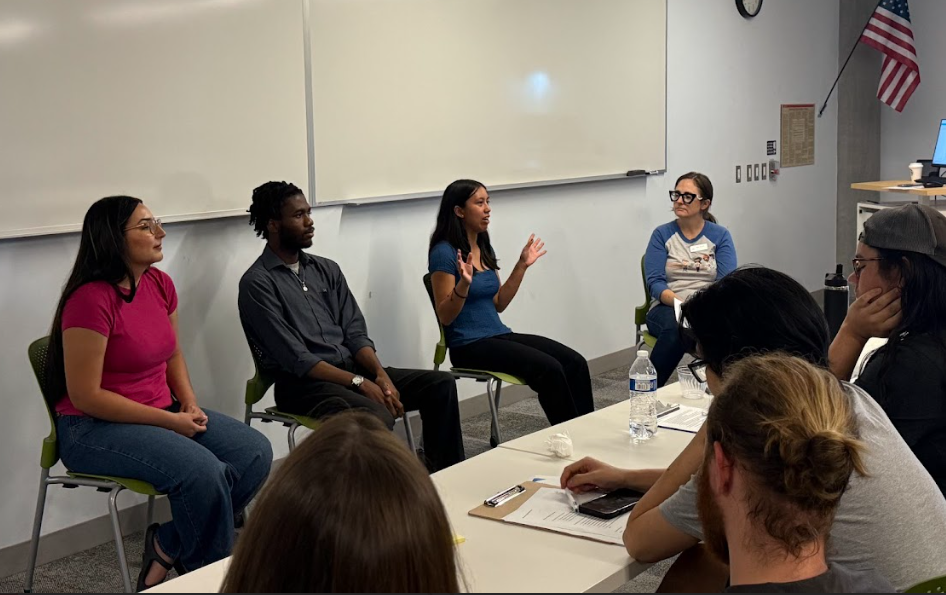
Durazo said this mindset helped her build confidence over time, and eventually her experience paid off, as she was able to present her project at the International Science and Engineering Fair. She encouraged students to keep being curious.
“If you do have any questions with research, ask your mentor, ask the people that you guys are in the program with and use it to connect in a certain way,” Durazo said. “I think that was like the best thing for me, I would go back to class and pass (the coding project to) my teacher, like, ‘hey, does this make sense to you’.”
As part of the program, students will be co-creating project ideas based on shared interests with their mentor.
“We are really focusing on their college and career readiness and seeing the student as a whole,” Bujanda said. “They are mini-scientists, but they're also people with their own interests and incorporating that in the program and building a sense of community.”
At the end of the year, each student will present their work at the PRISM symposium on the University of Arizona's campus, where families, teachers, mentors, and community members can celebrate their research together.
Some students may go on to enter their work in science fairs or submit to other competitions with continued support from SARSEF.
Students participating in the program will leave with new skills, connections, and a better picture of who they are and how far they can go.
“I think success would really be that students really feel that they can accomplish and do a science project and that they're capable of doing something like that,” Bujanda said.
Angelina Maynes is a University of Arizona alum and reporter with Tucson Spotlight. Contact her at angelinamaynes@arizona.edu.
Tucson Spotlight is a community-based newsroom that provides paid opportunities for students and rising journalists in Southern Arizona. Please consider supporting our work with a tax-deductible donation.



